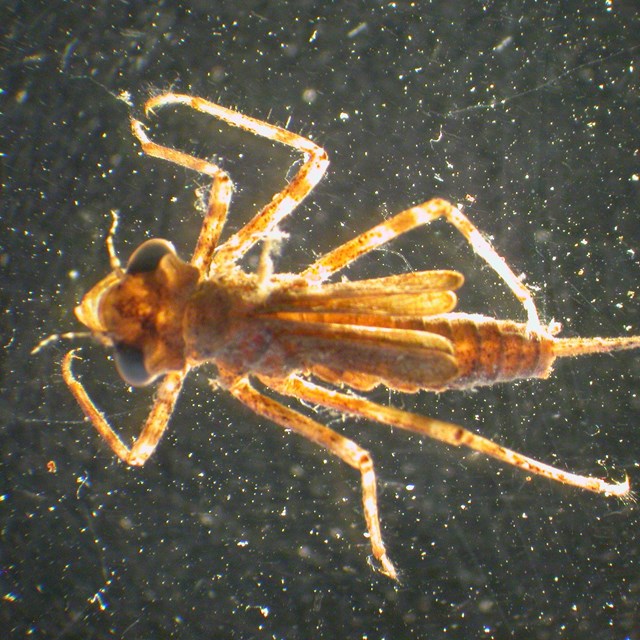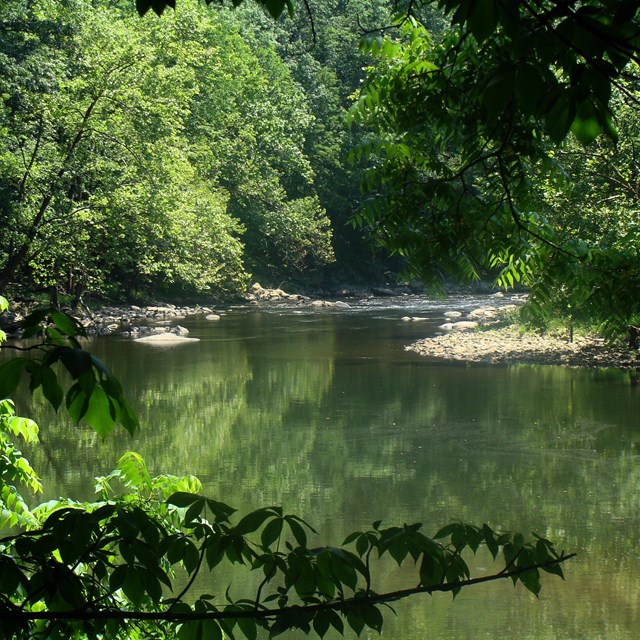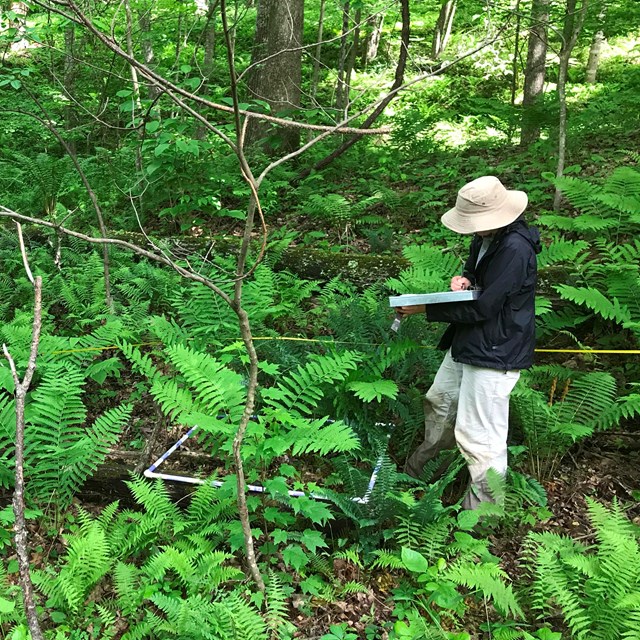The Eastern Rivers and Mountains Network uses long-term ecological monitoring to track changes in selected park resources and processes, called "vital signs." Monitoring these key resources helps us to understand the overall health or condition of park natural resources. Knowing if and how key resources are changing can help park managers to develop effective approaches to management, restoration, and mitigation. Look below for more information on the Network's vital signs.
What Our Network Monitors
-
 Benthic Macroinvertebrates
Benthic MacroinvertebratesThese aquatic animals are widely regarded as the best group of animals for monitoring the ecological 'health' of streams and rivers.
-
 Rare Riparian Prairies
Rare Riparian PrairiesAlong large rivers, special habitats called "riparian prairies" support many rare plant species.
-
 River Water Quality
River Water QualityWater quality characteristics are critical to understanding, protecting, and improving the fundamental condition of aquatic ecosystems.
-
 Streamside Birds
Streamside BirdsOur scientists document information on a community of birds that are essential components of park ecosystems.
-
 Vegetation and Soils
Vegetation and SoilsForests are important ecosystems in parks, providing beautiful landscapes for recreation, and habitat for countless plants and animals.
-
 Invasive Plants
Invasive PlantsParks monitor and manage invasive plants to protect important biodiversity and historic places.
Last updated: April 23, 2021
